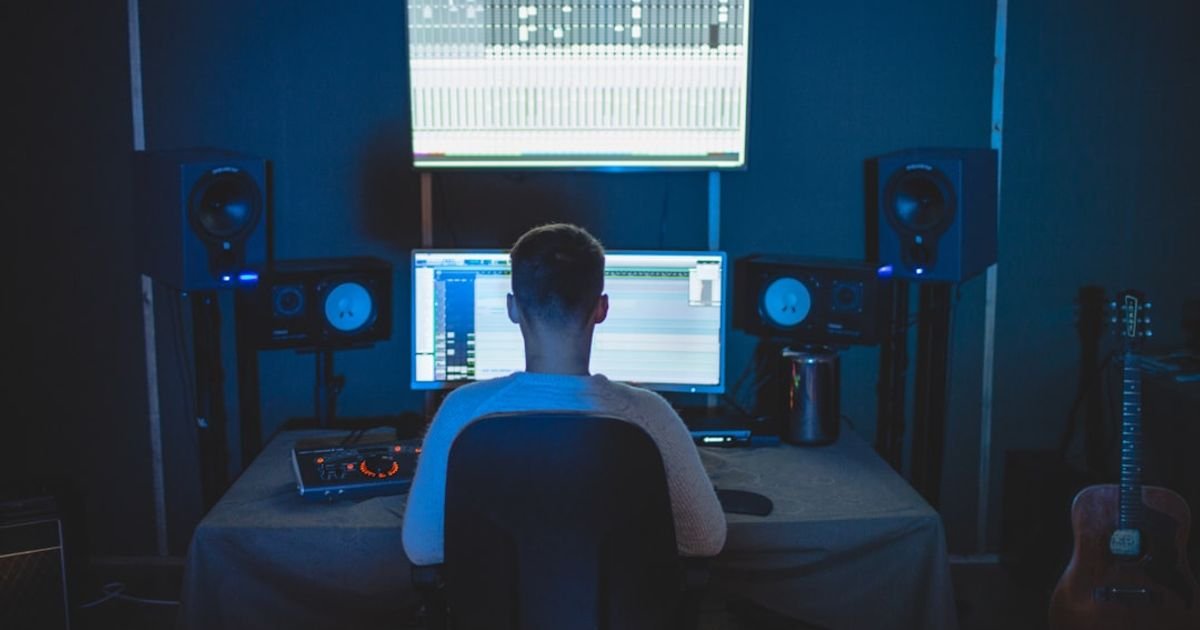About Prompt
- Prompt Type – Dynamic
- Prompt Platform – ChatGPT, Grok, Deepseek, Gemini, Copilot, Midjourney, Meta AI and more
- Niche – Sound Design
- Language – English
- Category – Creative Projects
- Prompt Title – AI prompt to generate music
Prompt Details
This prompt is designed to be adaptable across various AI music generation platforms. It encourages dynamic output by incorporating user-defined parameters and stylistic guidance. Adjust the bracketed placeholders to tailor the generated music to your specific creative project.
**Prompt Core:**
Compose a piece of music suitable for sound design in a [Project Genre/Mood, e.g., Sci-Fi thriller, whimsical fantasy game, corporate explainer video, meditative soundscape]. The desired length is approximately [Duration, e.g., 30 seconds, 2 minutes, 5 minutes]. The overall tone should be [Tone, e.g., dark and suspenseful, bright and playful, calming and ethereal, energetic and driving].
**Instrumentation and Style:**
* **Primary Instruments:** Consider using [Instrument List, e.g., synthesized pads, distorted electric guitar, plucked strings, orchestral percussion, human voices (specify type), ambient textures]. Feel free to suggest unusual instrument combinations or specific sound effects.
* **Stylistic Influences:** Draw inspiration from artists/composers such as [Artist/Composer List, e.g., Hans Zimmer, Brian Eno, Trent Reznor, Vangelis, Aphex Twin] and genres like [Genre List, e.g., dark ambient, industrial, cinematic orchestral, electronica, chiptune]. However, avoid directly copying or plagiarizing existing works. Focus on capturing the essence and atmosphere of the references.
* **Rhythmic Structure:** The rhythm should be [Rhythm Description, e.g., complex and syncopated, driving and repetitive, slow and steady, free-flowing and ambient]. Consider incorporating rhythmic variations and changes in tempo throughout the piece.
* **Melodic and Harmonic Content:** The melody should be [Melody Description, e.g., haunting and melancholic, uplifting and major key, atonal and dissonant, fragmented and textural]. The harmony should [Harmony Description, e.g., support the melody with rich chords, create a sense of dissonance and tension, be minimalistic and ambient, use modal harmonies].
* **Dynamic Range:** Employ a [Dynamic Range Description, e.g., wide dynamic range with dramatic crescendos and diminuendos, consistent and subtle dynamic shifts, gradual build-up of intensity].
* **Texture and Space:** Create a sense of [Texture/Space Description, e.g., depth and spaciousness using reverb and delay, dense and layered textures, minimalistic and sparse arrangement].
**Specific Sections (Optional):**
You can further structure the music by defining distinct sections:
* **Intro (0:00 – [Time]):** [Description of intro, e.g., starts with ambient textures and slowly introduces a pulsing bassline, begins with a dramatic chord progression, fades in with a single sustained note].
* **Section 1 ([Time] – [Time]):** [Description of Section 1, e.g., builds tension with layered synths and percussive elements, introduces the main melody, features a call and response between two instruments].
* **Section 2 ([Time] – [Time]):** [Description of Section 2, e.g., provides a contrasting section with a slower tempo and more melancholic melody, features a rhythmic breakdown, introduces a new sonic element].
* **Outro ([Time] – End):** [Description of outro, e.g., fades out with ambient textures, ends with a powerful chord, gradually decreases in intensity].
**Advanced Instructions (Optional for platforms that support them):**
* **Key and Time Signature:** Compose in [Key, e.g., C minor, A major] and [Time Signature, e.g., 4/4, 6/8, 7/8].
* **Tempo (BPM):** Set the tempo to approximately [Tempo, e.g., 120 BPM, 80 BPM, 140 BPM].
* **Specific Sound Design Techniques:** Explore techniques such as granular synthesis, spectral processing, or vocoding to create unique sonic textures.
* **Seed/Variation Control:** If the platform supports it, provide a seed value for reproducibility or request variations on a generated piece.
**Output Format:**
Generate the music as a [Output Format, e.g., high-quality WAV file, MIDI file].
**Example Implementation (Sci-Fi Thriller):**
Compose a piece of music suitable for sound design in a Sci-Fi thriller film. The desired length is approximately 60 seconds. The overall tone should be dark and suspenseful.
Primary Instruments: Synthesized pads, distorted electric guitar, orchestral percussion, sound effects (e.g., laser blasts, robotic noises). Stylistic Influences: Hans Zimmer, Trent Reznor, dark ambient. Rhythm: Complex and syncopated. Melody: Haunting and melancholic. Harmony: Dissonant and tense. Dynamic Range: Wide, with dramatic crescendos. Texture: Dense and layered.
Intro (0:00-0:15): Starts with ambient textures and slowly introduces a pulsing bassline. Section 1 (0:15-0:45): Builds tension with layered synths and percussive elements. Section 2 (0:45-0:55): Features a rhythmic breakdown with distorted guitar. Outro (0:55-1:00): Fades out with ambient textures and a final, impactful sound effect. Output Format: High-quality WAV file.
By adapting this dynamic prompt, you can effectively guide AI music generators to create bespoke sound design elements tailored to your unique creative vision. Remember to experiment and iterate on your prompts to achieve the desired results.

